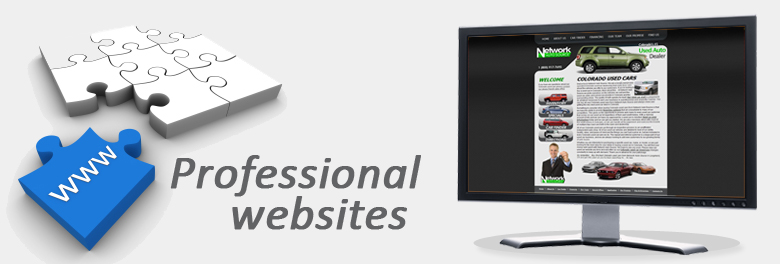Professional Web Design: What You Need To Know
You can learn a lot about website design from this article. The tricks and tips within this article will help you learn more about successful site design. If you follow the suggestions given, then your goals for web design are well within your reach.
A good website should be compatible with multiple browsers, so you should test your website in various browsers to ensure that any visitor can view it correctly. What works in Chrome may not present properly in Safari, Internet Explorer or Firefox. Prior to going live with your website, see how your pages look on every popular browser – website design company.

Check your pages for broken links. When a visitor clicks on one, they’ll be frustrated. Use a program or check links manually to be sure you have no broken links on your site.
Always delete any outdated content that is on your website. If you have something on your site that lists an event that happened months ago, chances are you have lost some readers. Users will spend time on websites that are well-maintained, and the presence of your outdated information will tell them that your site it not being properly cared for. Set up a regular schedule in order to update your content, and eliminate items which aren’t useful anymore.
Make sure that your page loads in less than 10 seconds. A website that is designed well should load up very fast no matter what browser the visitor uses. Most people who use the Internet want instant gratification, so it is best that your website provides it.
Avoid the overuse of different fonts when you are designing your website. You should also think about how different fonts will look and how readable they are. A lot of sites use Verdana since it isn’t hard to read when it’s any color or size.
To help you design a website that is optimized for search engines, do not include frames. Although the information in fames may be attractive to visitors to your page, search engines can’t see it. You will lose viewers if they can’t find your site because a search engine fails to find what they searched for on your page. When that happens, not many people will see your site.
The tips presented here are sure to aid you in creating attractive, utilitarian websites. Understand that this is just basic information. Keep learning to continue improving your skills. You’ll be an expert designer in no time if you continually educate yourself about advancements in the field – Web site design trends of 2016 and beyond.

